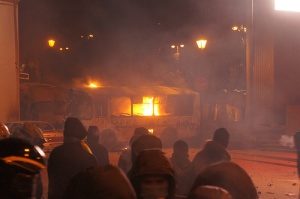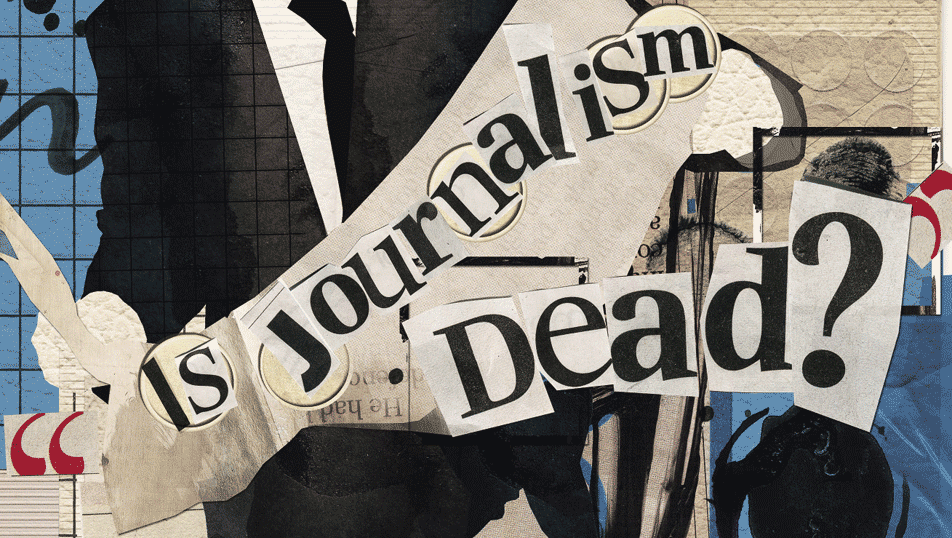
In light of Russia’s decision to launch a military operation against the Western-backed Ukrainian government, I’m re-posting an article written eight years ago on the events leading up to the Ukrainian conflict. It’s important to remind ourselves that this civil war has been raging for almost a decade, and is far more complex than the mainstream media would have you believe.
January 2014: This week four protesters died in Ukraine, the country at the centre of a political tug-of-war between Russia and Europe. More have allegedly been tortured by the state during anti-government protests which are spinning dangerously out of control.
Campaigners took to the streets in the capital Kiev in November, after Ukrainian President Viktor Yanukovych decided not to go ahead with a planned treaty with the European Union. Many Ukrainians were hopeful that a new alliance with the great Western power would open up new trade deals, boost the economy and give them the benefit of free travel and work opportunities within the E.U once their membership was secured.
But Russia didn’t like this proposed alliance, putting pressure on Yanukovych to think twice about it. The two neighboring countries have a long and intertwined history, being strong allies allied and inextricably linked through the Soviet Union until its eventual collapse in 1991. Ukraine is a fertile country with a strong agricultural industry and is often known as ‘the breadbasket of Europe’. As the third largest grain exporter in the world, it’s not surprising that both Europe and Russia are in fierce competition to benefit from cheap trade deals. In the end though, Russia’s blackmailing of Ukraine over the E.U treaty – even offering them cheaper gas imports as a reward for continued loyalty to Moscow – worked well. Yanukovych bowed to Russian demands and declared he wouldn’t go ahead with the proposals (for now, at least).
This backtracking caused huge public anger, especially among young Ukrainians in the West who largely see European membership as a progressive step in the right direction for their country. People gathered spontaneously in Kiev’s Maidan square on November 21, vowing to stay there until Yanukovych had signed. The numbers swelled to the hundreds of thousands at the end of that month, when a brutal crackdown from riot police encouraged many to show their solidarity.

Nobody really expected activists to stay in their makeshift camps throughout Christmas and new year, braving cold temperatures and increasingly violent police officers, but protests have only become more intense in 2014. For many, the focus has shifted from European membership to an all-out war on corruption and the Ukrainian system as a whole. Protesters (led by ex-boxing champion – turned- politician Vitali Klitschko) demand fresh elections and the president’s resignation.
Police have used tear gas and stun grenades on civilians, and one street close to Kiev’s Maidan square looks like a war zone, with officers and protesters facing each other across a no-man’s land of burnt out buses, barricades and homemade catapults. Many protesters have been arrested, stripped and beaten, with one 17 year-old boy called Michailo telling the media he was tortured by police after taking photographs of the rioting around Maidan square earlier this week. The youth claims special forces stripped him naked in freezing temperatures and forced him to sing the national anthem, before beating him so badly they broke his arm. Officers then took it in turns to cut his naked body with a knife (including his anus) and hit him with batons, covering his body in wounds and bruises, during a terrifying ordeal which lasted four hours. Michailo was eventually taken to hospital in an ambulance and was then summoned to court accused of throwing fireworks (he denies this and was later released on bail).
Others have lost their lives, the first being a 22 year-old man who fell and fractured his spine when confronted by police at the top of a 13 metre-high colonnade on Tuesday this week. Some believe he may have jumped to avoid a beating, or was even pushed by police, but details remain unclear. The following day, Ukrainian police shot and killed two men, one Belarusian, and another protester who was attempting to climb a barricade. Meanwhile, activist Yuri Verbytsky was abducted and later found dead in a snow-carpeted forest under mysterious circumstances, reportedly “bearing signs of torture”.

Although eighty police officers have been reportedly taken to hospital with injuries, peaceful protesters claim that violence has been carried out by Right Sector, a far-right group. There is also compelling evidence to suggest that hired thugs (‘Titushki’) are being paid to show up at the protests and cause trouble, in order to delegitimize the uprising and sway public opinion in the government’s favor. According to a BBC report, online advertisements offered cash in exchange for ‘stirring up trouble’, and hammers were given out to those who agreed to take part. Some of the agent provocateurs detained by activists and later interviewed by journalists were students, who said they had responded to the shady offer for financial reasons.
President Yanukovych’s response to the people’s uprising has been to criminalise protest. On January 16, dubbed ‘Black Thursday’ by the opposition, a multitude of draconian laws were passed – some reportedly in five seconds, with a “show of hands too rapid to actually be counted,” according to one report from the Financial Times.
The legislation introduced 10-year jail terms for blockading government buildings and hefty fines and prison terms for protesters who cover their faces or install tents, stages or amplifiers in public places. There are driving bans for people who form convoys of more than five cars, and ‘slandering government officials’ along with ‘defamation through social media’ were also criminalised, with the latter offence carrying a two year jail term.
The current protests are the worst violence the country has seen in its post-Soviet Union history. ‘Euromaidan’ (as the civil unrest is known) also goes down as the biggest pro-European rally in the world, ever. But while protesters have massive support in the West of the country (around 70% and rising to 80% in the capital) only 45% of the Ukrainian population as a whole are in favour of a European treaty.
Unlike the 2004 ‘Orange Revolution’ – a campaign against political corruption and vote-rigging which began exactly nine years before the current unrest – the question of European alliance is not one which has managed to gain widespread support. In fact, the nation is clearly divided down the middle: while generalisations should be avoided, it could nevertheless be said that many people in the East (the heartland of Ukrainian industry) don’t feel at all European, and believe they would be safer sticking to the old Russian alliance.
This clear split in national opinion (almost 50/50 according to some polls) means any decision taken by Yanukovych over Europe will be celebrated by some and condemned by others. As this article was going to print (Friday lunchtime), reports from one of my contacts in Ukraine stated that some “local communities seized control over regional administrations…and…some local governors signed their own resignations.” This development was corroborated shortly afterwards by the BBC here. Evidently, the crisis is far from over, but while activists may regard the storming of government offices as progress for their cause, others in the Eastern regions would strongly disagree: and this makes the ongoing situation in Ukraine very tense indeed.
First published in True Activist here
